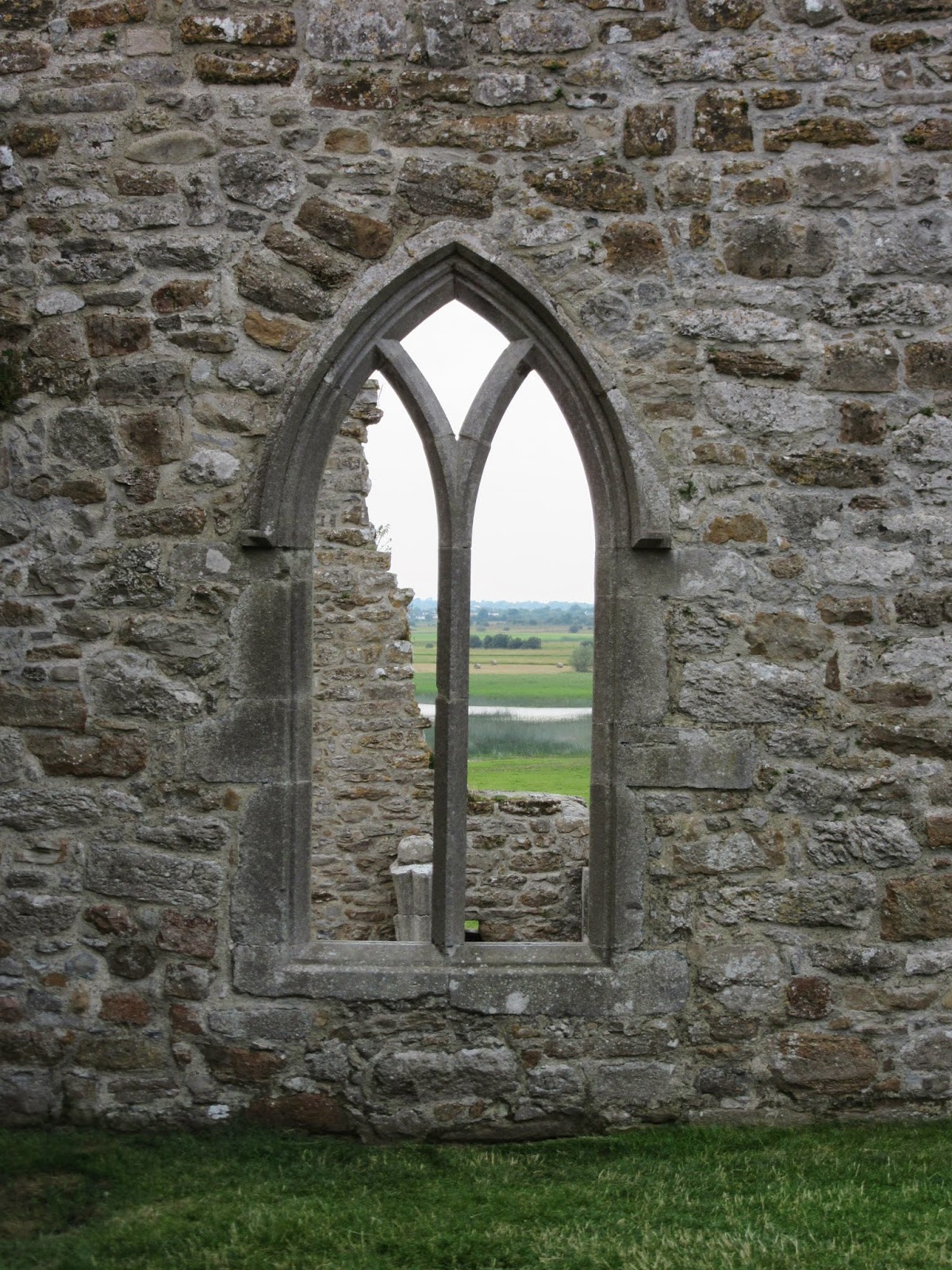Galway Bay is song of
longing which continues to captivate and its poetic vision has attracted
visitors from all over the world to the City of the Tribes, yet the writer of
this much loved song has been condemned to oblivion in his beloved Galway.
Arthur Nicholas Colahan was born in Enniskillen on 12 August 1884. The family
moved to Galway where he attended the ‘Bish’ and later Mungret College,
Limerick as a boarder. He did an arts degree in UCD in 1900 before going on to
study medicine and graduating as a doctor at Queens College Galway in 1913. He
worked at the County Infirmary (now the County Buildings), before moving on to
Holles Street. As war clouds grew, he joined the Royal Army Medical Corps, and
was badly affected by mustard gas in India. After the war he settled in
Leicester where he spent the rest of his career as a neurological
specialist.
Among his many interests
was music and he enjoyed playing the piano. He composed several of his own
songs such as ‘Asthoreen Bawn’, ‘The Kylemore Pass’, ‘The Claddagh Ring’ and
his best known song, ‘Galway Bay’, which he composed in 1927 in memory of his
brother Randolph who drowned in the bay in 1912. He composed more songs but wrote few of them
down, preferring to rely on his memory.
There are a number of theories as to where the song was written or where
it was first heard. Some say it was in the home of Doctor Morris at Montpelier
Terrace, others that it was in The Vicars Croft on Taylor’s Hill from where
there was a view of Galway Bay. He sung it for years after this and once while
on holiday in Ireland, a music promoter heard him singing it and it began to be
broadcast regularly on Radio Éireann making it available to wider audience.
Some of the lyrics were changed somewhat and the word ‘English’ was substituted
with ‘strangers’. The changes were retained when the song was copyrighted in
1947. While some argue the lyrics should not have been changed, Colahan himself
does not appear to have objected. In 1947 it was adopted by Bing Crosby and its
popularity skyrocketed. It would also later be parodied by the Clancy Brothers.
The song was included in The Quiet Man (1952) starring John Wayne and Maureen
O’Hara. The film however only acknowledged the song’s arranger Victor Young and
mentioned nothing of Colahan.
There are of course two
songs about Galway Bay, though the older version is sometimes referred to as
‘My Own Dear Galway Bay’ and was written by Francis A. Fahy (1854-1935) from
Kinvara on the southern shores of the bay. Though buried in Putney Vale
Cemetery in London, Fahy is not forgotten in his native Kinvara and is
remembered with a plaque in the village. The song is rarely sung, perhaps
because the hauntingly beautiful version sung by Dolores Keane cannot be
matched.
Colohan was regarded as a
modest and quiet man, for whom riches and glory were of little interest. He
died at his Leicester home at 9 Prebend Street on 15 September 1952. The
ill-feeling with his estranged wife and in-laws meant that although his body
was brought back to Galway, he was buried with little ceremony in a multiple
grave in Bohermore cemetery. Though the names of other family members appear on
the monument his name does not, and it is odd that the man who single handily
did more for tourism in Galway than anyone else should be forgotten in this
way. A blue circular plaque commemorating his achievements on the wall of his
former home in Leicester was unveiled by Leicester City Council in 1986. Galway
Bay is a song which encapsulates the soul of Galway and maybe a plaque will
someday honour his name in Galway.
Galway
Bay
If you ever go across the sea to Ireland,
Then maybe at the closin' of your day
You will sit and watch the moon rise over Claddagh
And see the sun go down on Galway Bay.
Just to hear again the ripple of the trout stream
And the women in the meadows making hay,
To sit beside the turf fire in the cabin
And watch the barefoot gossoons at their play.
For the breezes blowin' across the sea from Ireland
Are perfumed by the heather as they blow.
And the women in the upland diggin' praties
Speak a language that the strangers do not know.
For the strangers came and tried to teach us their
way.
They scorned us just for bein' what we are.
But they might as well go chasin' after moon beams
Or light a penny candle from a star.
And if there's to be a life in the hereafter --
And somehow I'm sure there's going to be --
I will ask my God to let me make my heaven,
In that dear land across the Irish sea.




















































